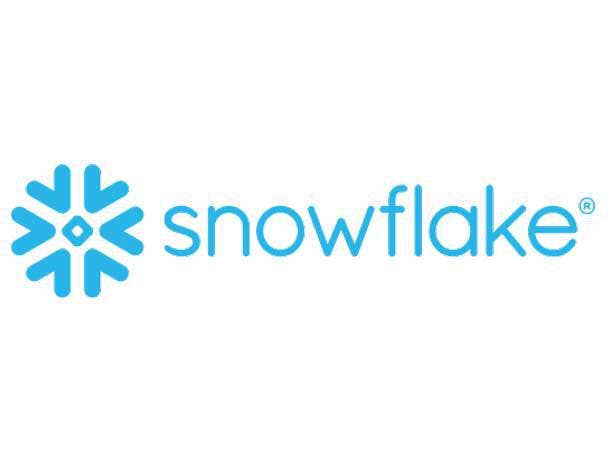Snowflake Cites Increased Vertical Industry Focus As Major Growth Driver
The data cloud service provider reported triple-digit revenue growth in its recently completed fiscal second quarter as it surpassed a $1 billion annual revenue run rate.

Data cloud company Snowflake reported another quarter of triple-digit revenue growth as the company puts an increased focus on a number of specific vertical industries as it looks to maintain its momentum.
The company also reported that the number of partners in its alliances program, including global and regional systems integrators, is up three-fold from this time last year.
“Our results demonstrate high-quality, durable growth coupled with improving efficiency,” CEO Frank Slootman said on an earnings call Wednesday. “As we approach the $1 billion mark in annual revenues, we continue to add customers at a robust pace.”
[Related: Why Snowflake’s Stock Is Falling]
For its fiscal 2022 second quarter, ended July 31, Snowflake reported revenue of $272.2 million, up 104 percent from $133.1 million in the second quarter of fiscal 2021. The company reported a net loss of $189.7 million for the quarter compared to a $77.6 million loss one year earlier.
Snowflake said that as of the end of the quarter it had 4,990 customers and 116 customers with trailing 12-month product revenue greater than $1 million. The customer roster includes 212 Fortune 500 companies, 18 of which were added in the quarter, Slootman said.
The company’s net revenue retention rate (the percentage of recurring revenue retained from existing customers) was 169 percent as of July 31.
During the earnings call Slootman emphasized Snowflake’s increased go-to-market focus on a number of vertical industries: financial services, healthcare and life sciences, retail and consumer package goods, technology, manufacturing, public sector, education, and advertising/media/entertainment.
The CEO said second quarter product revenue sales in financial services were up 100 percent year over year and up 200 percent in healthcare.
“Snowflake’s increasing focus on vertical industries is leading to more, deeper discussions with customers globally,” Slootman said. “This vertical industry focus will continue to intensify and expand over time.”
Slootman also said the range of use cases for Snowflake’s services are increasing in specific verticals. As an example, the CEO noted that the advertising industry is facing pressure and new regulations to strengthen consumer data privacy – a key driver within that vertical for Snowflake’s cloud data management capabilities.
In response to an analyst’s question about how Snowflake works with large enterprise customers to keep the onboarding process on track, CFO Mike Scarpelli cited the company’s close work with its global and regional systems integration and service partners. He said the number of Snowflake’s service partners had increased by a factor of three from this time last year.
For the first six months of the company’s fiscal 2022, ended July 31, Snowflake crossed the $500 million revenue threshold with sales of $501.1 million. For all of fiscal 2022 the company expects to easily surpass $1 billion in revenue.
Snowflake, one of the most closely watched startups in the IT industry in recent years, went public in September 2020 with a blockbuster IPO that has set high expectations for the company.
Snowflake continues to battle competitors both big and small, including cloud giants Amazon Web Services and Google Cloud, as well as startups like Firebolt. That’s led to recent volatility in the price of Snowflake’s stock.
On Wednesday Snowflake shares closed the trading day at $283.76, up $2.39 or 0.85 percent. In after-hours trading the company’s stock initially fell, but then surged to $295.50 per share as of 6:36 P.M. EDT, up more than $11.74 or 4.14 percent from the closing price.